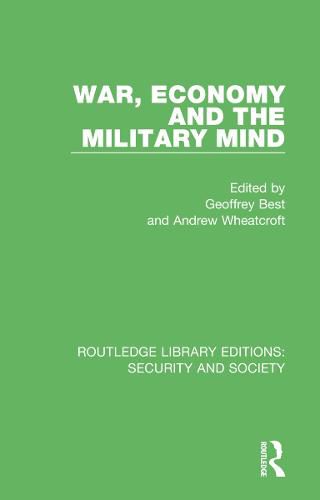Readings Newsletter
Become a Readings Member to make your shopping experience even easier.
Sign in or sign up for free!
You’re not far away from qualifying for FREE standard shipping within Australia
You’ve qualified for FREE standard shipping within Australia
The cart is loading…






Originally published in 1976, this book explores the relationship between European society and the military institutions it fostered from 1815-1918.
In the period from the fall of Napoleonic imperialism to the outbreak of the First World War armies and navies grew in complexity, cost and size. The first half of this book investigates these institutions from within, and looks at some of the factors which held them together in an increasingly difficult and hostile world, at their self-image, and at the pressures upon them from society at large.
As the role of military institutions within society increased in importance, analysts began to look for the effects which this interpenetration had on society. Part 2 is concerned with the effects of this growing dominance of society by its defenders. By the end of period covered by this book, the age of total mobilisation for the war effort was upon us. In a sense this second part of the book reinforces the conclusions of the first, that military institutions are separate from the societies which surround them, and between the two a growing gap of misunderstanding and incomprehension yawned.
$9.00 standard shipping within Australia
FREE standard shipping within Australia for orders over $100.00
Express & International shipping calculated at checkout
Originally published in 1976, this book explores the relationship between European society and the military institutions it fostered from 1815-1918.
In the period from the fall of Napoleonic imperialism to the outbreak of the First World War armies and navies grew in complexity, cost and size. The first half of this book investigates these institutions from within, and looks at some of the factors which held them together in an increasingly difficult and hostile world, at their self-image, and at the pressures upon them from society at large.
As the role of military institutions within society increased in importance, analysts began to look for the effects which this interpenetration had on society. Part 2 is concerned with the effects of this growing dominance of society by its defenders. By the end of period covered by this book, the age of total mobilisation for the war effort was upon us. In a sense this second part of the book reinforces the conclusions of the first, that military institutions are separate from the societies which surround them, and between the two a growing gap of misunderstanding and incomprehension yawned.